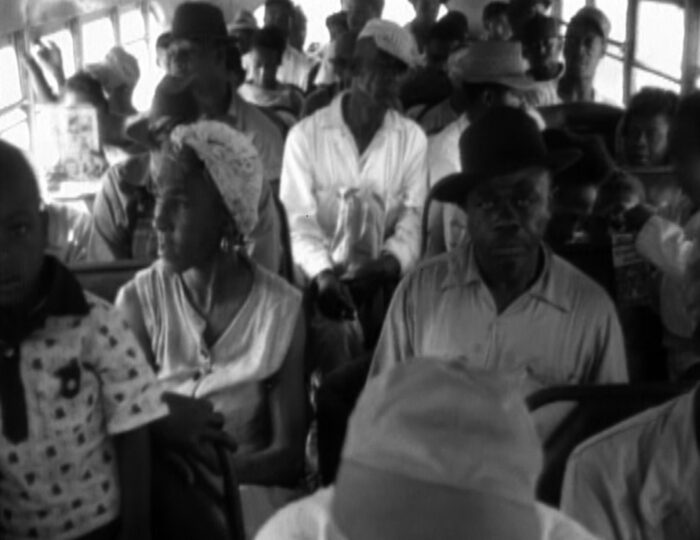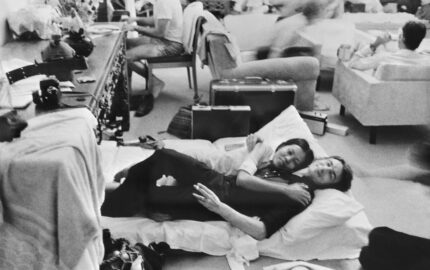A newly minted college grad, in 1970, I happened to catch a rerun of “Harvest of Shame” on TV while I was working on a study of hospital decision-making in a strip-mining region of West Virginia. The documentary made me understand, for the first time, the power of the press to expose wrongdoing and inequity and to promote social change. That night, I resolved to become a journalist.
A year later, with only high school journalism experience, I joined friends in starting an alternative newspaper in Harrisburg, Pennsylvania. After our second issue, a local community center called to ask if we’d write about a migrant camp where, it turned out, workers in squalid conditions were forced by men with guns to pick tomatoes, and, when there were no tomatoes, weeds. In my reporting, I learned that the state had lauded the camp for excellence. Later that year, the Pennsylvania secretary of labor called to tell me that, as a result of my story, the state had closed the camp, banished the crew leader from Pennsylvania, and set forth new regulations to prevent abuses like those I’d exposed. After several years in alternative journalism, I went to Columbia Journalism School, where Fred Friendly, a producer for “Harvest of Shame,” taught, and then on to a career as a national TV journalist, teacher, and author.
Harvest of Shame
Produced by Fred W. Friendly, Edward R. Murrow, and David Lowe
Aired on CBS Nov. 25, 1960
Excerpt
“Harvest of Shame” begins in an open lot, crowded with men and women looking for jobs. Murrow, the narrator, says: “This scene is not taking place in the Congo. It has nothing to do with Johannesburg or Cape Town. It is not Nyasaland or Nigeria. This is Florida. These are citizens of the United States, 1960. This is a shape-up for migrant workers. The hawkers are chanting the going piece rate at the various fields. This is the way the humans who harvest the food for the best-fed people in the world get hired. One farmer looked at this and said, ‘We used to own our slaves; now we just rent them.’”
Printed with permission of CBS News.




